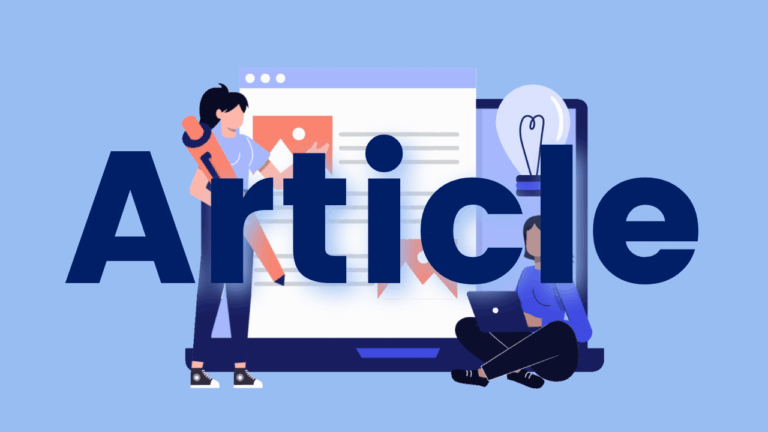Démystifier la complexité qu’est la lecture
Cet exposé examine les approches qui favorisent la réussite en lecture à partir de modèles bien établis et fondés sur les preuves tout en mettant en valeur les caractéristiques qui font qu’un Livre ou un texte est plus ou moins accessible à l’apprenti lecteur. Les participants sauront en retirer des outils d’analyse pratiques leur permettant
– d’évaluer la complexité du Livre choisi pour mieux comprendre l’erreur de l’élève ;
– de savoir adapter leurs attentes de l’élève qui apprend à lire, qu’il éprouve de la difficulté ou non
– d’adopter des stratégies qui sont essentielles à la réussite de certains, mais bénéfiques pour tous.





